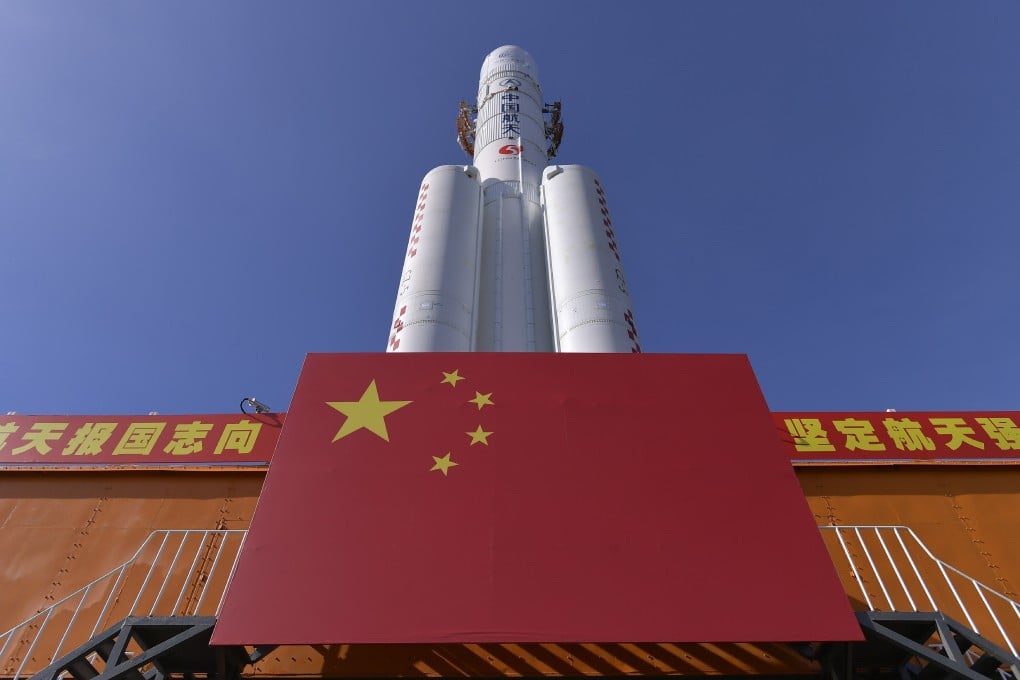Rocket engine prototype gives super boost to China’s space ambitions
- The 220-tonne engine will power the next generation Long March 9 rocket and testing is expected to be completed this year
- The China National Space Agency plans to land people on the moon by 2030 and there are ambitions for a return to Mars

“It is one of the most important symbols of a nation becoming a space power,” the report said.

05:06
How China’s space programme went from launching satellites to building its own space station
But China’s rocket capability has been a bottleneck to its ambitions for bigger missions into deeper space. The CZ-5 – the most powerful Chinese rocket in operation – has a payload of 25 tonnes to lower Earth orbit (LEO). In contrast the CZ-9, benchmarked with the SpaceX Starship rocket developed in the US, will have a capacity of 150 tonnes to the LEO.
The new supplement combustion cycle hydrogen-oxygen engine has been in development for at least four years. Its key specifications – including engine thrust, vacuum specific impulse and thrust-to-weight ratio – have set records for China’s rocket engines, although the China Space News report did not give details.